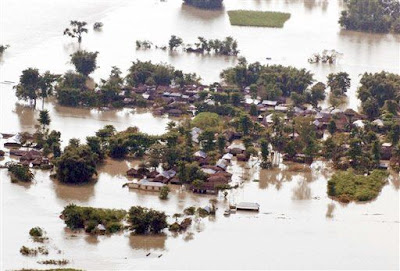The Economist seeks a new definition of recession:
To the average person, a large rise in unemployment means a recession. By contrast, the economists’ rule that a recession is defined by two consecutive quarters of falling GDP is silly. If an economy grows by 2% in one quarter and then contracts by 0.5% in each of the next two quarters, it is deemed to be in recession. But if GDP contracts by 2% in one quarter, rises by 0.5% in the next, then falls by 2% in the third, it escapes, even though the economy is obviously weaker. In fact, America’s GDP did not decline for two consecutive quarters during the 2001 recession.
However, it is not just the “two-quarter” rule that is flawed; GDP figures themselves can be misleading. The first problem is that they are subject to large revisions. An analysis by Kevin Daly, an economist at Goldman Sachs, finds that since 1999, America’s quarterly GDP growth has on average been revised down by an annualised 0.4 percentage points between the first and final estimates. In contrast, figures in the euro area and Britain have been revised up by an average of 0.5 percentage points. Indeed, there is good reason to believe that America’s recent growth will be revised down. An alternative measure, gross domestic income (GDI), should, in theory, be identical to GDP. Yet real GDI has risen by a mere 0.1% since the third quarter of 2007, well below the 1% gain in GDP. A study by economists at the Federal Reserve found that GDI is often more reliable than GDP in spotting the start of a recession.
Forget about the horrors associated with the "R" word. Read this joke and laugh (or at least, try to laugh):
... when your neighbour loses his job, it is called an economic slowdown. When you lose your job, it is a recession. But when an economist loses his job, it becomes a depression. Economists who ignore the recent rise in unemployment deserve to lose their jobs.
